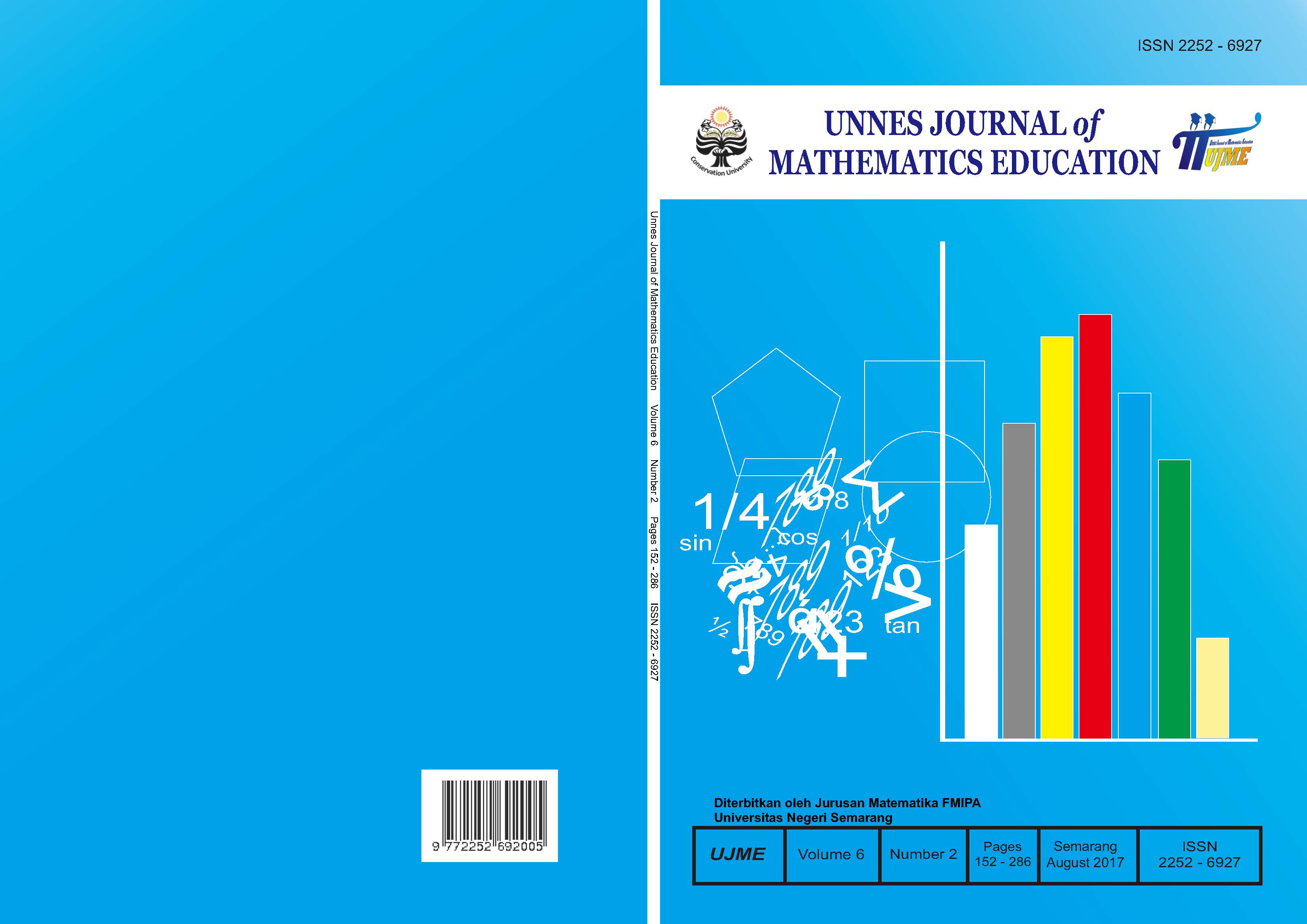Project Based Learning Implementation to Improve Students' Problem Solving Ability and Honesty
##plugins.themes.academic_pro.article.main##
Abstract
The purpose of this research is to know the learning completeness, problem solving ability improvement, and honesty improvement by using Project Based Learning. This research used quantitative method.The data were taken by using documentation, observation, and test. The result of the research were 1) the completeness percentage of problem solving ability of experimental class is more than 75%; 2) the problem solving ability of experimental class improved after using Project Based Learning method which was shown by: the higher average of posttest rather than the pretest, gain index showed the improvement of problem solving ability in moderate category, that was 0,66, and the average score ofproblem solving ability of experimental class was higher than the control class; 3) the improvement of students’ honesty character proved by: the higher average of postest of honesty character rather than the pretest, gain index showed improvement in honesty character that is 0,25 (low category), the average of honest character improvement of experimental is higher than the control class.
##plugins.themes.academic_pro.article.details##
References
Baker, F. B. 2001. The Basic of Item Response Theory. ERIC: USA.
Boone, H. N. & Boone, D. A. 2012. Analyzing Likert Data. Journal of Extension, 50 (2).
Budiaji, W. 2013. Skala pengukuran dan jumlah respon skala likert. Jurnal Ilmu Pertanian dan Perikanan, 2(2): 127-133.
Djastuti, I. 2011. Pengaruh karakteristik pekerjaan terhadap komitmen organisasi karyaw an tingkat managerial perusahaan jasa konstruksi di jawa tengah. Jurnal bisnis dan akuntansi. 13(1): 1 - 19.
Fajariyah, N. I., Sukestiyarno, Masrukan, & I. Junaedi. 2012.Keefektifan Implementasi Model Pembelajaran Problem Posing Dan Creative Problem Solving Terhadap Kemampuan Pemecahan Masalah Peserta Didik Di SMP N 1 Tengaran. Journal of Mathematics Education, 1(2).
Hake, R. R. 1998. Interactive-engagement versus traditional method: a sixthousand-student survey of mechanics test data for introductory physics course. Am. J. Phys, 66(1): 64-74.
Nasution, S. 2000. Berbagai Pendekatan dalam Proses Belajar Mengajar. Jakarta: Bumi Aksara.
Ngalimun. 2014. Strategi dan Model Pembelajaran (3rded.).Yogyakarta: Aswaja Pressindo.
OECD. 2006. Programme for International Student Assessment (PISA) 2006 - Technical Report.
OECD. 2009. Programme for International Student Assessment (PISA) 2009 - Executive Summary.
OECD. 2012. Programme for International Student Assessment (PISA) 2012 Results in Focus- What 15-year-olds know and what they can do with what they know.
Setiawan, D., Waluya, B., & Mashuri, M. 2014. Keefektifan PBL Berbasis Nilai Karakter Berbantuan CD Pembelajaran Terhadap Kemampuan Pemecahan Masalah Materi Segiempat Kelas VII. Unnes Journal of Mathematics Education, 3(1).
Sudjana. 2005. Metoda Statistika. Bandung: Penerbit Tarsito.
Trianto. 2007. Model-Model Pembelajaran Inovatif Berorientasi Konstruktivistik. Jakarta: Prestasi Pustaka.
